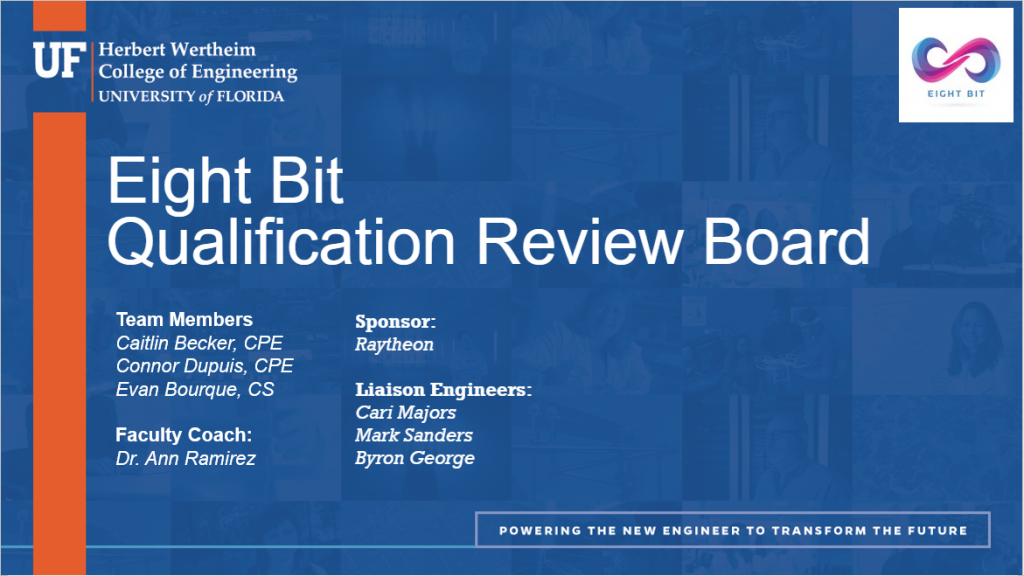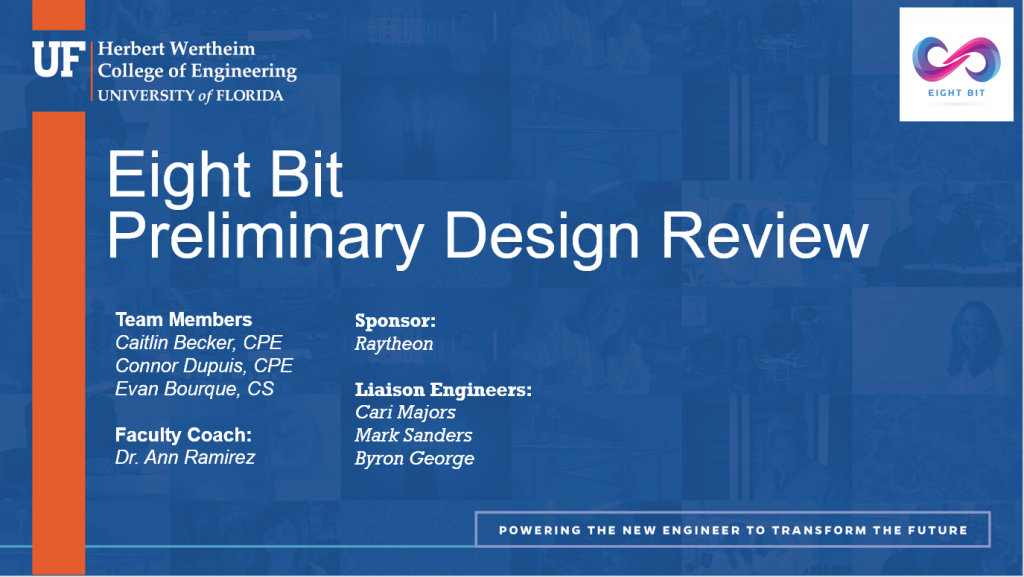The team will use HTML5, CSS, and JavaScript, and Java SE Development Kit 11 to develop the GUI using an interface library chosen by the team and liaison engineers. HTML5 is the current specification for the HTML markup language used to structure and display web content. CSS describes the presentation of the web content on the display. JavaScript is a programming scripting language that can be used to interact with content on the web page or content stored elsewhere.
The libraries/frameworks that can be chosen are as follows:
The team will compare how React, Vue.js, and Angular can be used to implement the GUI. React, Vue.js, and Angular are each popular libraries used to build front-end interfaces using JavaScript. React was created in 2013, and currently used by Facebook and its subsidiaries. Vue.js was created in 2014 and is the simplest library of the potential options to learn due to its high customizability and is currently used by Alibaba and GitLab. Angular was created in 2010 and is the most difficult library to learn because it requires learning TypeScript in addition to JavaScript. It is owned and used by Google along many other popular websites such as wix. The team will work with the sponsor to select which library is most suitable for meeting the customer requirements.
The team will follow the ISO/IEC 12207 international standard for software life cycle processes, which defines each phase of the software development process and the expected activities and outcomes of that process.

